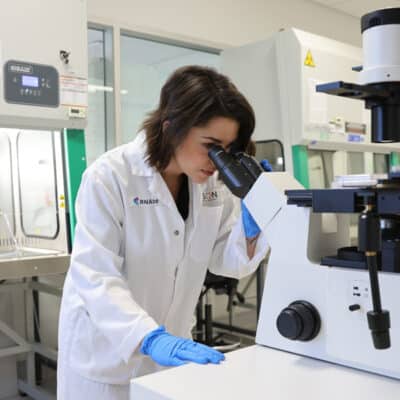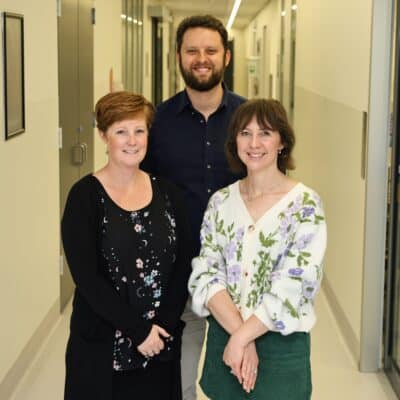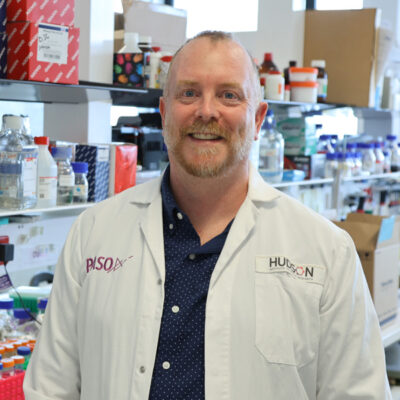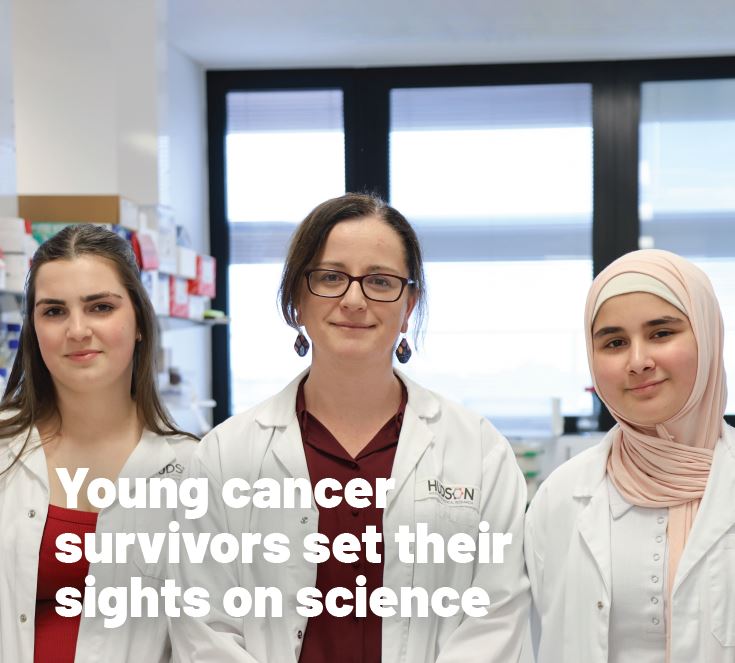Legionnaires’ disease: what you need to know
By Rob Clancy, staff writer. Reviewed by Professor Elizabeth Hartland AM
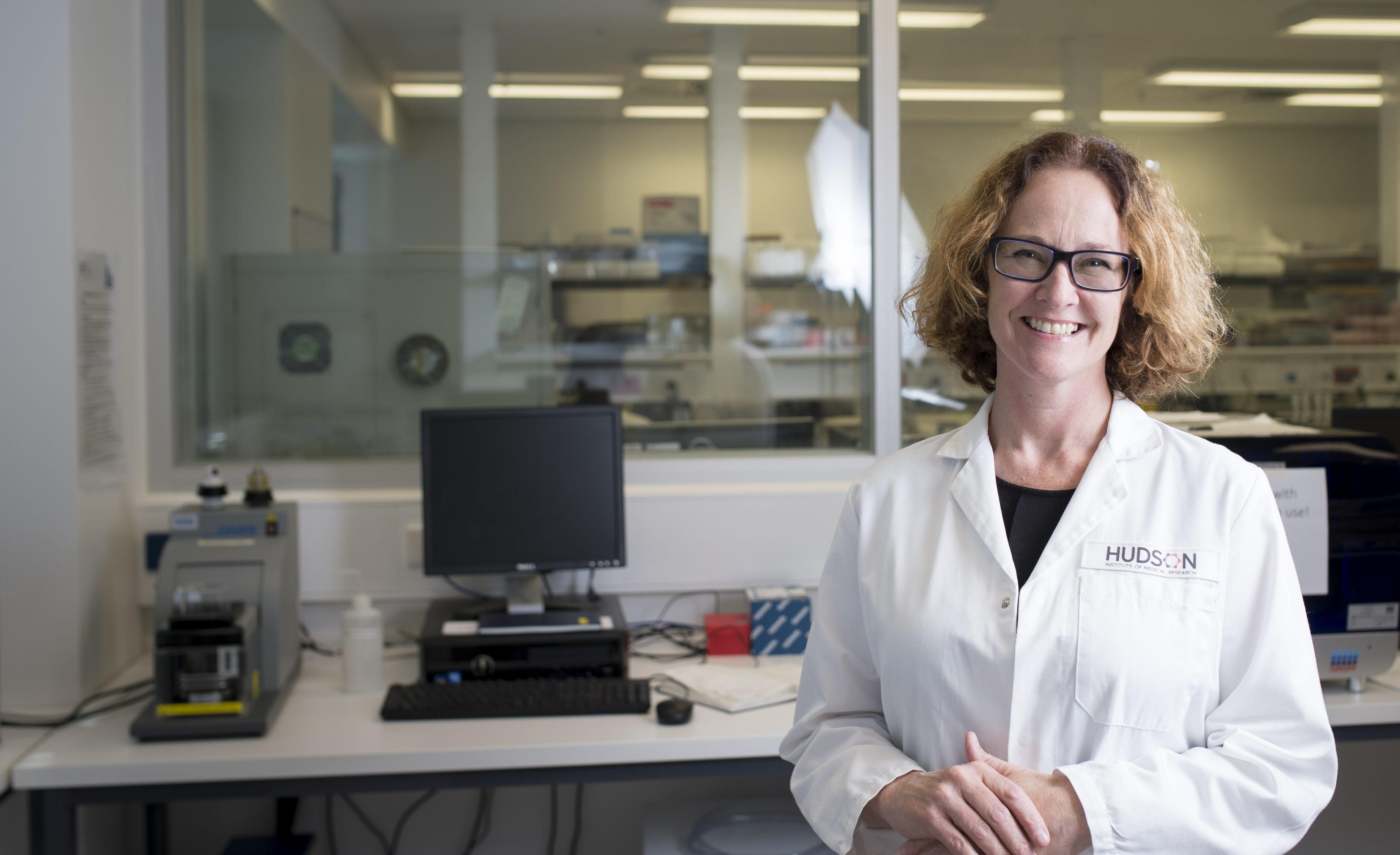
World-renowned microbiologist and CEO of Hudson Institute of Medical Research, Professor Elizabeth Hartland, share what you need to know about Legionnaires’ disease – where it comes from and how to avoid it.
Key points
- Legionnaires’ Disease is an environmentally acquired form of pneumonia
- It is not transmitted from person to person
- Sometimes found in water held above ambient temperature, eg: cooling towers, spas, fountains, etc.
- Can be successfully treated with antibiotics if diagnosed early.
Legionnaires’ disease is a form of pneumonia that is environmentally acquired and not transmitted from person to person.
Symptoms are similar to flu and COVID, including fever, chills, cough and fatigue. The disease is caused by Legionella bacteria that are naturally occurring in water and soil. Legionella live as a parasite and replicate in environmental amoebae and use similar mechanisms to replicate in the human lung.
Contaminated water can grow Legionnaires bacteria
In contaminated water that is held at higher than ambient temperature, such as cooling towers, spas, fountains and car washes, the bacteria can grow to high numbers in aerosolised water droplets which can then be inhaled. Disease symptoms can appear up to 14 days after exposure.
People who develop severe disease usually have other risk factors such as underlying lung damage, advanced age or immune suppression. Antibiotic treatment is generally successful if the disease is accurately diagnosed early.
Professor Elizabeth Hartland | International Legionnaires’ disease authority
Professor Elizabeth Hartland AM is the Director and CEO of Hudson Institute of Medical Research in Melbourne and Head of the Department of Molecular and Translational Science at Monash University. She is President of the Australian Association of Medical Research Institutes (AAMRI) and a member of NHMRC Council (2021-2024).
She is a leading Australian microbiologist with a long-standing research interest in the immune response to infection with an emphasis on microbial evasion of innate immunity. Professor Hartland’s research group’s work on Legionella examines how the bacteria remodel human immune cells to replicate in the lung and avoid killing by the antimicrobial immune response.
In this article
About Hudson Institute
Hudson Institute’ s research programs deliver in three areas of medical need – inflammation, cancer, women’s and newborn health. More
Hudson News
Get the inside view on discoveries and patient stories
“Thank you Hudson Institute researchers. Your work brings such hope to all women with ovarian cancer knowing that potentially women in the future won't have to go through what we have!”

